Welcome to the Beginner's Guide to DIY Home Gardening: 8 Cool Projects to Get You Started. Whether you're a novice or looking to expand your green thumb, this comprehensive article provides the knowledge and expertise needed to embark on your gardening journey.
From building raised beds to creating your own compost, this guide covers a wide range of essential projects.
With step-by-step instructions and valuable tips, you'll gain the freedom to cultivate a beautiful and sustainable garden right at your doorstep.
Building Raised Beds
How can you effectively build raised beds for your DIY home garden?
Building budget-friendly raised beds is a great way to maximize your gardening space and ensure optimal plant growth. For beginners, it's important to choose beginner-friendly raised bed designs that are easy to construct and maintain.
One of the most cost-effective options is using untreated lumber or reclaimed materials such as pallets. These materials are readily available and can be easily assembled into raised beds of various sizes and shapes.
Another budget-friendly option is using cinder blocks, which are durable and require minimal maintenance.
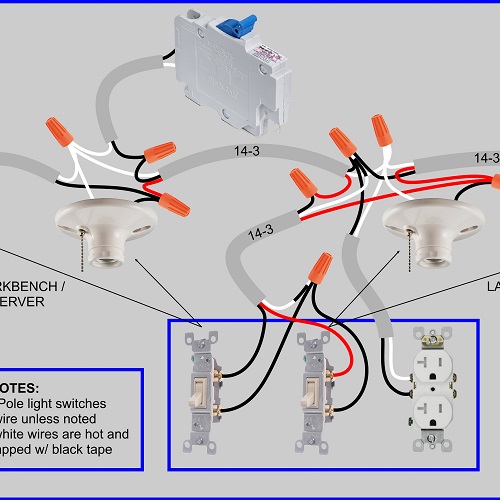
Additionally, consider using raised bed kits or pre-made raised bed frames, which provide a hassle-free solution for beginners.
Home Composting
To effectively practice home composting, beginners should start by selecting an appropriate composting method. Home composting is an eco-friendly and cost-effective way to reduce waste and improve the quality of your soil.
There are several benefits to home composting. First, it diverts organic waste from landfills, reducing methane gas emissions, which contribute to climate change. Second, compost adds valuable nutrients to the soil, promoting healthy plant growth. Third, it improves soil structure, allowing for better water retention and drainage.
To troubleshoot common issues in home composting, ensure that you have a good balance of green and brown materials, maintain proper moisture levels, and turn the compost regularly to promote decomposition.
DIY Greenhouses
When it comes to DIY greenhouses, there are a few key points to consider.
First, you'll need to gather the necessary materials, such as PVC pipes, plastic sheeting, and wood.
Secondly, if you're on a budget, there are plenty of budget-friendly options available, such as using recycled materials or repurposing old windows.
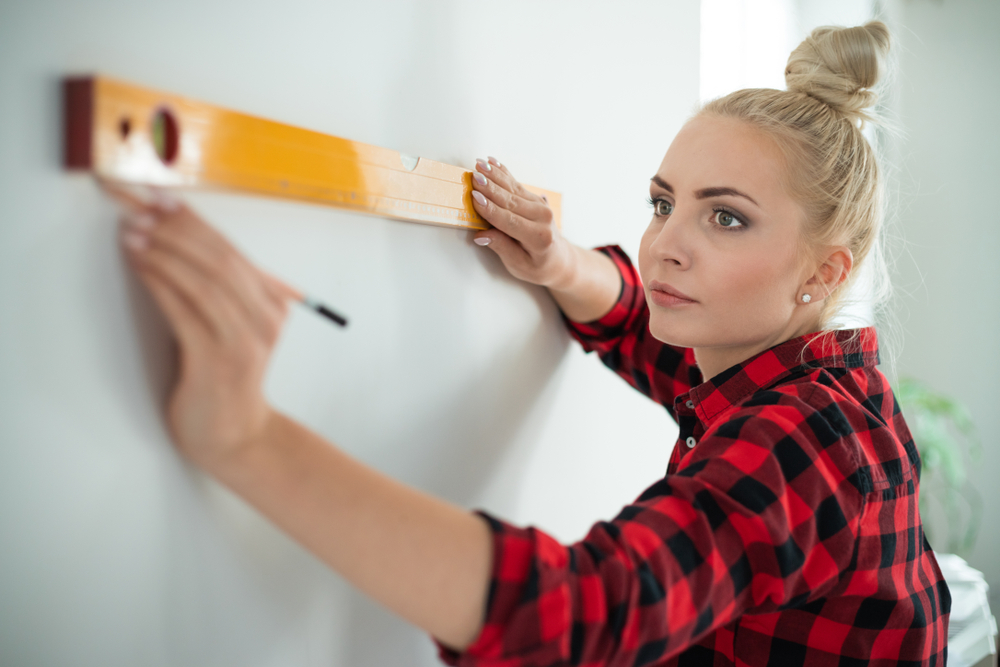
Lastly, it's important to have some tips for assembly to ensure that your greenhouse is sturdy and functional.
Materials Needed
To build your own DIY greenhouse, it is essential to gather the necessary materials. When it comes to materials sourcing, there are several cost-effective options available. Here are three items you will need for your DIY greenhouse project:
- Frame: Choose a sturdy material like PVC pipes or wood to construct the frame of your greenhouse. PVC pipes are affordable and easy to work with, while wood provides a natural and durable option.
- Covering: The covering of your greenhouse plays a crucial role in maintaining the temperature and protecting your plants. Consider using materials like polyethylene film or greenhouse plastic. These options are affordable, lightweight, and UV-resistant.
- Ventilation: Proper ventilation is essential to regulate temperature and humidity inside the greenhouse. Install vents or windows that can be opened and closed as needed. You can use materials like polycarbonate sheets or acrylic panels for this purpose.
Budget-Friendly Options
A cost-effective approach to building your own DIY greenhouse is to explore budget-friendly options for materials.
There are several budget-friendly ideas and low-cost gardening strategies that can help you create a greenhouse without breaking the bank.
One option is to repurpose old windows or doors for the structure of your greenhouse. These can often be found at salvage yards or through online classifieds for a fraction of the cost of buying new materials.
Another option is to use PVC pipes and plastic sheeting to create a simple hoop house-style greenhouse. PVC pipes are affordable and easy to work with, and the plastic sheeting can be found at a low cost.
Tips for Assembly?
Assembling DIY greenhouses requires careful planning and attention to detail. Here are three tips and tricks to help you successfully assemble your own greenhouse:
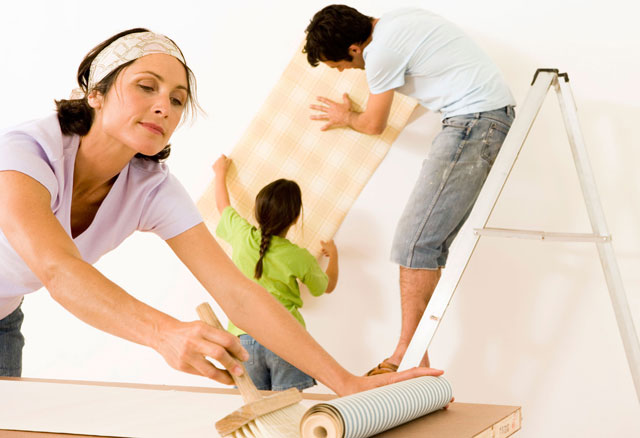
- Start with a solid foundation: Before assembling your greenhouse, make sure you have a level and sturdy foundation in place. This will provide stability and prevent any shifting or tilting of the structure over time.
- Follow the instructions: It may be tempting to skip the instruction manual and jump right into assembling your greenhouse, but taking the time to read and follow the instructions will save you a lot of frustration in the long run. Make sure to understand each step before moving on to the next.
- Use the right tools: Having the appropriate tools on hand will make the assembly process much smoother. Some common tools you may need include a screwdriver, wrench, level, and tape measure. Using the right tools will ensure that everything fits together properly and securely.
Garden Layout Solutions
When it comes to designing your garden layout, there are several key points to consider.
First, you'll want to optimize the space you have available, making the most of every square foot.
Additionally, strategic plant placement is crucial for ensuring proper growth and maximizing your garden's potential.
Finally, don't be afraid to get creative with your designs, incorporating elements that reflect your personal style and preferences.
Space Optimization Tips
To maximize the use of limited space in your garden, implement efficient garden layout solutions. When it comes to space optimization, there are a few key strategies that can help you make the most of your available area. Consider the following tips:
- Embrace vertical gardening: Utilize walls, fences, and trellises to grow plants vertically. This not only saves space but also adds visual interest to your garden.
- Explore container gardening: Containers are a great way to maximize space, especially if you have a small patio or balcony. Choose various sizes and shapes of containers to accommodate different plants and create a diverse garden.
- Utilize intercropping and companion planting: By planting compatible plants together, you can optimize space usage and enhance plant productivity. For example, growing tall plants with shallow-rooted vegetables can create a symbiotic relationship where the tall plants provide shade and support for the smaller ones.
Plant Placement Strategies
To create a well-organized and efficient garden, careful consideration of plant placement strategies is essential.
One popular technique is vertical gardening, which involves growing plants on upright structures such as trellises, fences, or walls. This not only maximizes the use of space but also adds visual interest to the garden.
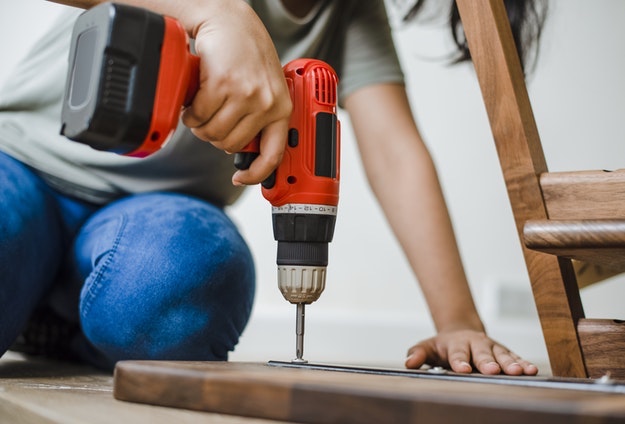
Another strategy is container gardening, where plants are grown in pots or containers. This allows for flexibility in plant placement as containers can be moved around to optimize sunlight exposure and create different arrangements.
Additionally, grouping plants based on their sunlight, water, and soil requirements is crucial for successful gardening. By placing plants with similar needs together, it becomes easier to provide them with the necessary care and maintenance.
Taking these plant placement strategies into account will help you create a beautiful and thriving garden.
Creative Garden Designs
Continuing from the previous subtopic on plant placement strategies, the next aspect to consider in creating a well-designed garden is exploring creative garden designs for effective garden layout solutions.
Here are three innovative ideas to inspire your own garden design:
- Vertical Gardening: Make the most of limited space by utilizing vertical structures such as trellises, wall-mounted planters, and hanging baskets. This technique allows you to grow a variety of plants vertically, saving space and creating a visually stunning display.
- Container Gardening: Perfect for those with limited outdoor space or for adding greenery to patios and balconies, container gardening allows you to grow plants in pots, containers, or raised beds. This versatile method offers freedom in choosing plant varieties and allows for easy mobility and maintenance.
- Combination Planting: Create an eye-catching garden layout by combining different plants with varying colors, textures, and heights. This technique adds visual interest and maximizes the use of space while providing a natural and harmonious environment for your plants.
Homemade Plant Food
When it comes to nourishing your plants, the use of homemade plant food can be a cost-effective and sustainable option. Homemade fertilizers provide organic plant nutrients that can promote healthy growth and enhance the overall health of your garden.
By making your own plant food, you have full control over the ingredients and can avoid harmful chemicals found in commercial fertilizers. There are various recipes you can try, such as compost tea, which is made by steeping compost in water to create a nutrient-rich liquid fertilizer.
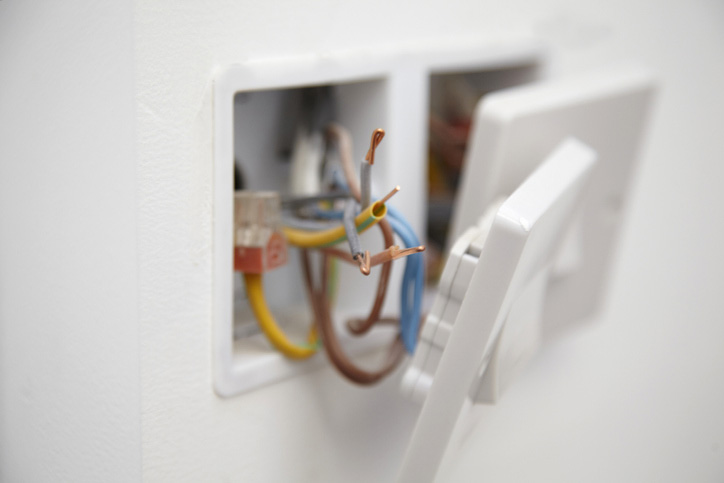
Another option is banana peel fertilizer, which utilizes the potassium and phosphorus found in banana peels to feed your plants. By exploring homemade plant food alternatives, you can not only save money but also contribute to a greener and more environmentally friendly gardening practice.
DIY Irrigation Solutions
One essential aspect of maintaining a successful home garden is establishing a reliable and efficient DIY irrigation system. Proper watering is crucial for the health and growth of your plants, and a DIY irrigation system can help ensure that they receive the right amount of water at the right time.
Here are three popular DIY irrigation solutions to consider:
- Drip irrigation: This system delivers water directly to the roots of plants, minimizing water waste and reducing the risk of disease. It involves placing a network of hoses or tubes with tiny holes near the base of your plants.
- Sprinkler system: A classic choice for larger gardens, sprinkler systems distribute water through overhead sprinklers. They are adjustable and can cover a wide area, making them ideal for lawns or vegetable gardens.
- Soaker hoses: These hoses have tiny pores that allow water to seep out slowly along their entire length. They are great for watering rows of plants or flower beds, as they deliver water directly to the soil, minimizing evaporation.
Choose the irrigation solution that best suits your garden's needs, and enjoy the freedom of a well-maintained and water-efficient watering system.
Home Landscaping
To further enhance your DIY home garden, it is important to delve into the realm of home landscaping. This involves designing and arranging elements such as plants, trees, pathways, and outdoor structures to create an inviting and functional environment. Landscaping plays a crucial role in maintaining the overall health and aesthetics of your garden. Properly planned landscaping can help control erosion, promote water conservation, and provide habitat for local wildlife. It also allows you to create different areas within your garden, such as flower beds, vegetable patches, and seating areas, enhancing its versatility and functionality. By incorporating home landscaping into your DIY gardening projects, you can transform your outdoor space into a sanctuary that reflects your personal style and provides a peaceful retreat.
DIY Garden Decor
In the realm of DIY home gardening, incorporating DIY garden decor is essential for adding a touch of personal style and enhancing the visual appeal of your outdoor space. DIY garden art allows you to unleash your creativity and transform everyday objects into unique and eye-catching pieces.
Repurposing materials not only adds charm to your garden but also reduces waste and gives a new lease of life to items that would have otherwise been discarded. Here are three creative ideas to inspire your own DIY garden decor projects:
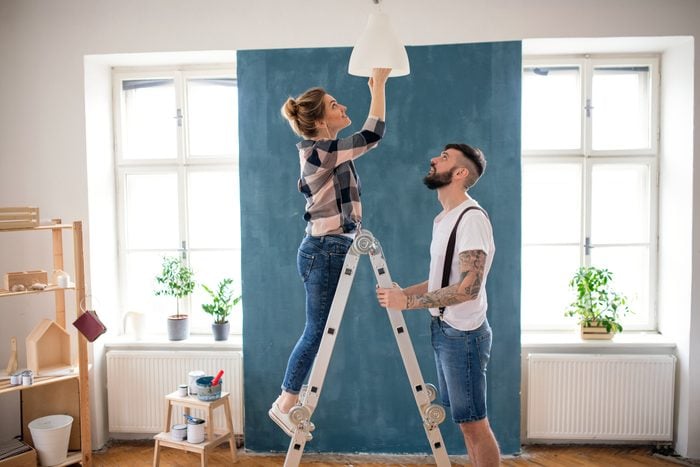
- Upcycled Tin Can Planters: Transform empty tin cans into planters by painting them in vibrant colors and adding drainage holes. Hang them on a fence or arrange them on a shelf for a whimsical touch.
- Recycled Glass Bottle Borders: Dig a shallow trench and bury glass bottles upside down along the edge of your garden bed. The colorful glass will catch the sunlight and create a stunning border.
- DIY Garden Mosaic: Break colorful tiles or glass into small pieces and arrange them in a mosaic pattern on a stepping stone or planter. This artistic touch will elevate the aesthetic appeal of your garden.
Frequently Asked Questions
How Do I Choose the Right Plants for My Raised Bed Garden?
Choosing plants for raised bed gardens requires considering soil requirements and sunlight preferences. Research the specific needs of each plant, ensuring they align with the soil composition in your raised bed and the amount of sunlight it receives.
What Materials Should I Avoid Using in My Compost Pile?
When it comes to composting, it is important to avoid materials that can harm your plants or contaminate the soil. Some materials to avoid include meat, dairy products, oily items, and treated wood. Stick to organic, plant-based materials for a healthy compost pile.
How Can I Control the Temperature Inside My DIY Greenhouse?
Controlling the temperature inside a DIY greenhouse can be achieved through various heating options and ventilation techniques. Proper insulation, use of heaters or heat mats, and strategic placement of vents can help maintain an optimal temperature for plant growth.
What Are Some Common Mistakes to Avoid When Planning My Garden Layout?
When planning a garden layout, it is important to avoid common mistakes such as overcrowding plants, neglecting the importance of soil composition, and not considering the sun exposure and irrigation needs of different plants.
Can I Use Homemade Plant Food on All Types of Plants, Including Indoor Houseplants?
Using homemade plant food can be a cost-effective and environmentally friendly option for all types of plants, including indoor houseplants. However, it's important to consider the pros and cons compared to store-bought alternatives and make sure to use the right homemade plant food recipe for each plant type.
 Family Craft ProjectsHome ImprovementCooking and BakingReuse and RecycleDIY GiftsEco-Friendly ProjectsDIY Home SolutionsSeasonal ActivitiesFun and GamesLearn TogetherPrivacy PolicyTerms And Conditions
Family Craft ProjectsHome ImprovementCooking and BakingReuse and RecycleDIY GiftsEco-Friendly ProjectsDIY Home SolutionsSeasonal ActivitiesFun and GamesLearn TogetherPrivacy PolicyTerms And Conditions

 Family Craft ProjectsHome ImprovementCooking and BakingReuse and RecycleDIY GiftsEco-Friendly ProjectsDIY Home SolutionsSeasonal ActivitiesFun and GamesLearn TogetherPrivacy PolicyTerms And Conditions
Family Craft ProjectsHome ImprovementCooking and BakingReuse and RecycleDIY GiftsEco-Friendly ProjectsDIY Home SolutionsSeasonal ActivitiesFun and GamesLearn TogetherPrivacy PolicyTerms And Conditions
